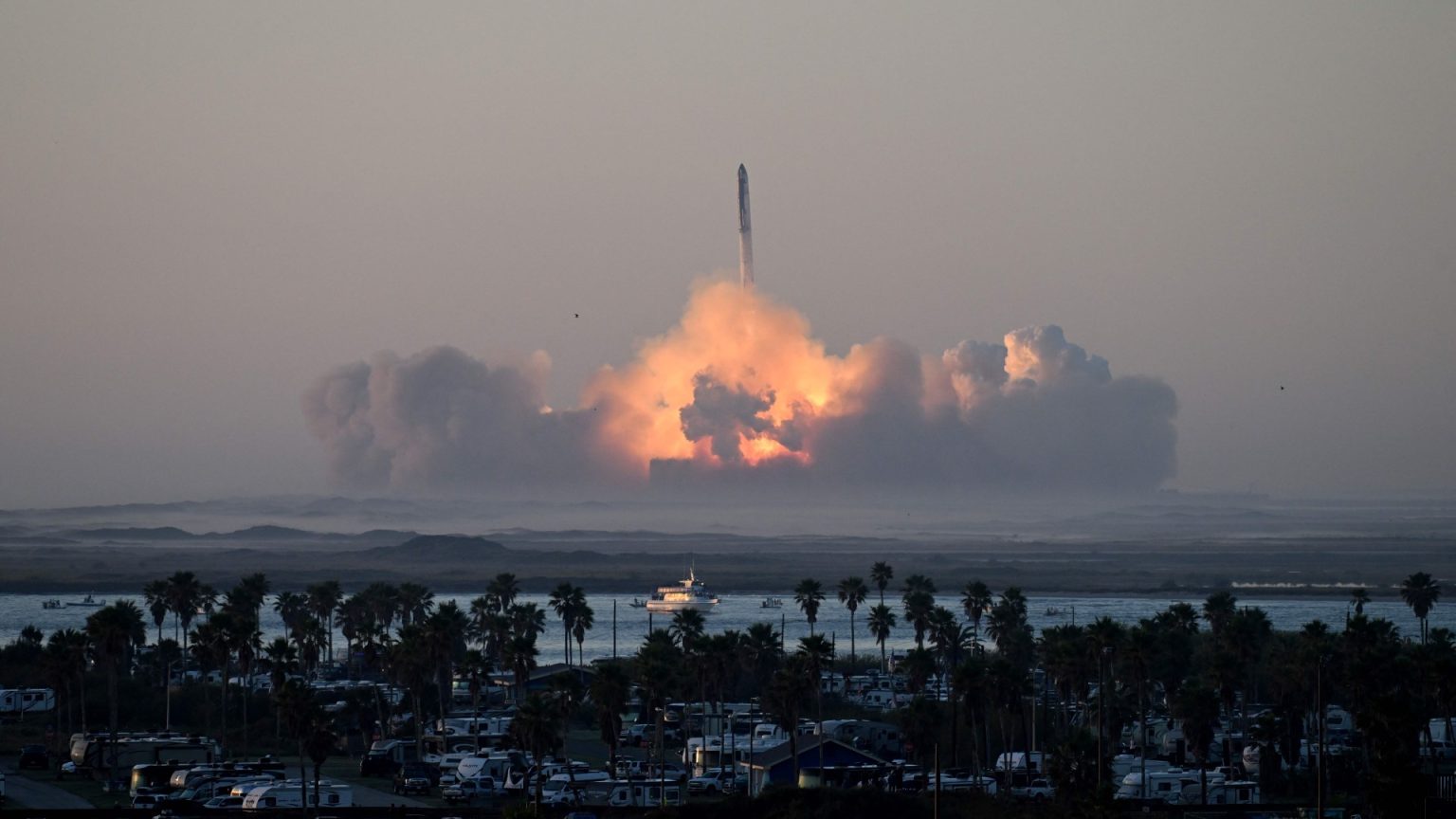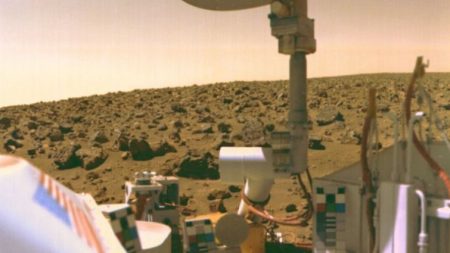The recent explosion of SpaceX’s Starship rocket during a test flight has sparked concern and investigations, highlighting the complexities and risks associated with space exploration. The unmanned spacecraft, intended to be a revolutionary launch system for future missions to Mars and beyond, met a fiery end just minutes after liftoff, scattering debris across the skies above South Texas and the Caribbean Sea. This incident not only led to the grounding of Starship flights but also raised questions about the potential impact on air travel and the surrounding environment.
The spectacle of the exploding Starship was witnessed by many, including a commercial pilot en route to the Turks and Caicos Islands. Initially mistaking the fiery debris for a meteor shower, the pilot was quickly alerted to the gravity of the situation and forced to divert his flight due to airspace closures. While the pilot described the experience as “crazy,” it underscores the unforeseen challenges that space launches can pose to regular air traffic. The debris field created by the explosion became a designated “Debris Response Area,” requiring aircraft to reroute and resulting in travel delays. This illustrates the interconnectedness of air space and the potential for even unmanned space missions to disrupt established flight paths.
The widespread dispersal of debris also prompted investigations into potential property damage on the Turks and Caicos Islands, located beneath the rocket’s flight trajectory. While initial assessments suggest the ground velocity of the debris was relatively low, akin to the sensation of a truck passing by, concerns remain about the potential for damage to structures such as windows and roofs. Experts emphasize that while the debris was not large enough to cause catastrophic damage, the incident highlights the importance of thorough risk assessments and mitigation strategies for future launches. The FAA is actively investigating the extent of the damage and the potential long-term environmental impacts of the debris field.
The Starship explosion represents a significant setback for SpaceX, a company at the forefront of commercial space travel. The ambitious project, designed to create a fully reusable launch system capable of carrying humans to Mars, has encountered numerous challenges throughout its development. This latest incident raises questions about the timeline for future Starship tests and the overall viability of the project. Despite the setback, SpaceX CEO Elon Musk has publicly downplayed the impact of the explosion, suggesting that the next launch is unlikely to be delayed by more than a month. This optimistic outlook reflects SpaceX’s aggressive pursuit of its ambitious goals, but it also raises concerns about the balance between rapid innovation and ensuring the safety and reliability of such complex systems.
SpaceX’s Starship program is pivotal to the company’s vision of interplanetary travel and colonization. The system consists of two main components: the Super Heavy booster, responsible for the initial launch phase, and the Starship spacecraft, which separates and continues its journey after the booster stage. This modular design is intended to maximize reusability and reduce the cost of space travel, enabling more frequent and ambitious missions. The recent explosion occurred during the separation phase, underscoring the technical challenges involved in this complex maneuver. The incident’s investigation will undoubtedly focus on understanding the precise cause of the failure and implementing necessary modifications to prevent similar occurrences in the future.
The Starship explosion serves as a stark reminder of the inherent risks associated with space exploration. While SpaceX has achieved remarkable feats in recent years, including carrying astronauts to the International Space Station, the pursuit of more ambitious goals like Mars colonization inevitably carries a higher degree of risk. The incident highlights the need for continued vigilance in safety protocols and a thorough understanding of the potential impacts on both the surrounding environment and air travel. The investigation into the explosion will be closely watched by the scientific community and the public alike, as its findings will shape the future of SpaceX’s Starship program and potentially the broader landscape of commercial space travel. The balance between rapid innovation and ensuring the safety of these endeavors will be a key consideration moving forward.











